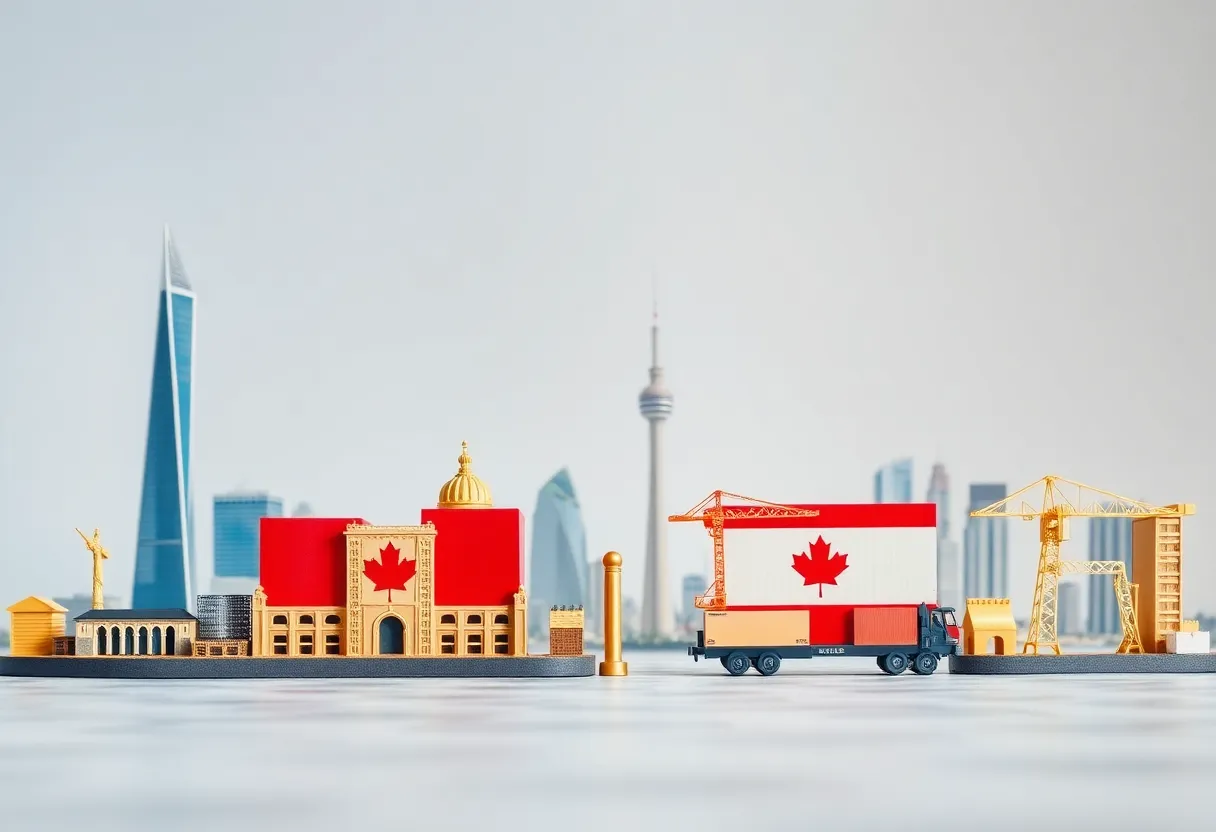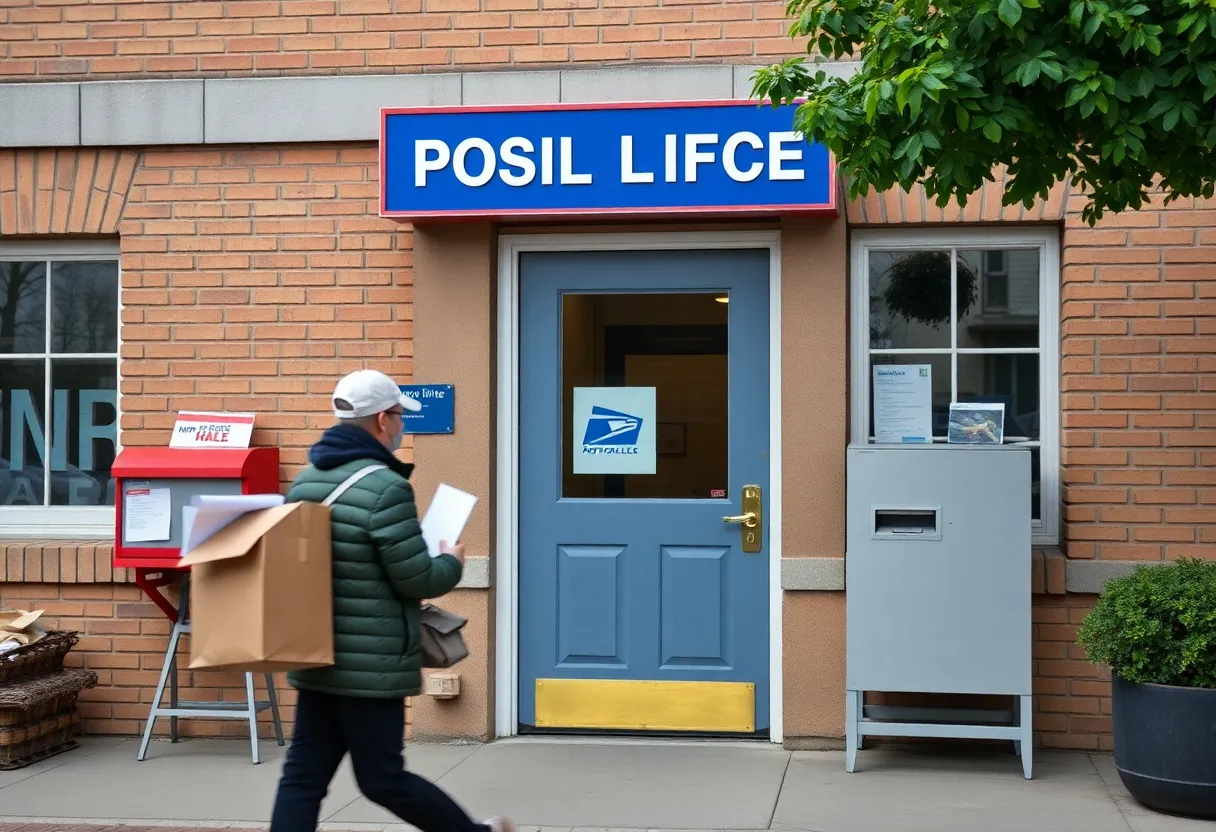News Summary
Indian Prime Minister Narendra Modi and U.S. President Donald Trump have outlined ambitious plans to double bilateral trade to $500 billion by 2030. During a recent press conference in Washington, both leaders addressed key issues including tariffs, trade deficits, and military collaborations. Modi emphasized the importance of reducing tariffs while Trump hinted at imposing reciprocal tariffs if necessary. The ongoing discussions reveal potential in various sectors such as technology and defense, although immigration and trade disputes remain challenges. Both nations share a vision for a stronger economic partnership amidst a competitive global landscape.
India and the U.S. Set Ambitious Trade Goals Amid Tariff Talks
In an exciting development, Indian Prime Minister Narendra Modi and U.S. President Donald Trump have announced their ambitious plans to forge a stronger economic partnership. They aim to more than double bilateral trade to a whopping $500 billion by 2030. This optimistic goal was shared during a joint press conference in Washington, where both leaders discussed trade and tariffs that have been hot topics lately.
Optimism and Resolutions
During the talks, Modi expressed a hopeful outlook on reaching a mutually beneficial trade agreement soon. Meanwhile, Trump recognized India’s efforts in reducing tariffs on specific imports, paving the way for a healthier trading relationship. However, Trump’s approach also involved some tough talk, suggesting that he may impose reciprocal tariffs on countries, including India. This would mean matching their tariff rates on American products.
Current Trade Landscape
Looking ahead, estimates show that U.S. total goods trade with India could hit $129 billion by 2024. Last year, India recorded a trade surplus with the U.S. of $45.7 billion. It’s clear that both nations see potential in this partnership, though there are some bumps on the road. Trump has been vocal about tackling the substantial trade deficit of around $50 billion with India, pointing out India’s average tariff of 17% compared to the U.S. tariff rate of just 3.3%.
Military Sales and Collaborations
One aspect of the discussions that stood out was Trump’s intention to boost military sales to India, including the potential sale of advanced F-35 fighter jets. On the tech front, Modi highlighted the importance of collaboration on artificial intelligence and semiconductors, emphasizing the need for solid supply chains for strategic minerals. Both leaders believe that with a shift away from reliance on Russian arms towards U.S. defense equipment, the $500 billion trade goal is indeed achievable.
Addressing Trade Deficits
Tariffs were front and center during the discussions. Trump mentioned that India’s previous 100% duty on high-end motorcycles was “unacceptable”, but recently, India has reduced these tariffs, which is a positive move towards smoother trade. Moreover, Trump believes that exporting U.S. natural gas to India could play a role in shrinking the trade gap.
Facing Immigration Issues
In another point of collaboration, Modi agreed to work closely with the U.S. in resolving issues related to illegal immigration. This includes taking back Indian nationals who are living unlawfully in the United States, showing a commitment to mutual cooperation.
A Bright Future?
The meeting between the two leaders came at a crucial time for both countries, with promises of enhancing defense cooperation and focusing on diminishing tariffs and trade obstacles. They’re also considering addressing tariffs on other sectors, such as electronics, medical equipment, and chemicals—far beyond just motorcycles.
What Lies Ahead?
Despite these promising signs, a few challenges remain on the table. Issues like illegal immigration, trade deficits, and ongoing defense commitments to Russia are potential friction points that could affect U.S.-India relations. Nevertheless, the leaders’ meeting underscores the significance of their partnership, especially as they contend with increasing competition from China in the Indo-Pacific region.
Overall, the ambitious goal of reaching $500 billion in trade reflects both Modi’s and Trump’s commitment to solidify ties between the two nations. With ongoing discussions and negotiations, there’s hope that they’ll find common ground, addressing differences and paving the way for a prosperous economic future for both countries.
Deeper Dive: News & Info About This Topic
- ABC News: Modi-Trump Meeting Takeaways
- Wikipedia: India–United States Relations
- Washington Post: Trump-Modi Meeting
- Google Search: India US Trade Relations
- Reuters: Modi’s Tariff Gesture to Trump
- Encyclopedia Britannica: India-United States Relations
- Times of Israel: Modi-Trump Meeting Outcomes
- Google News: Modi Trump Trade Deals







